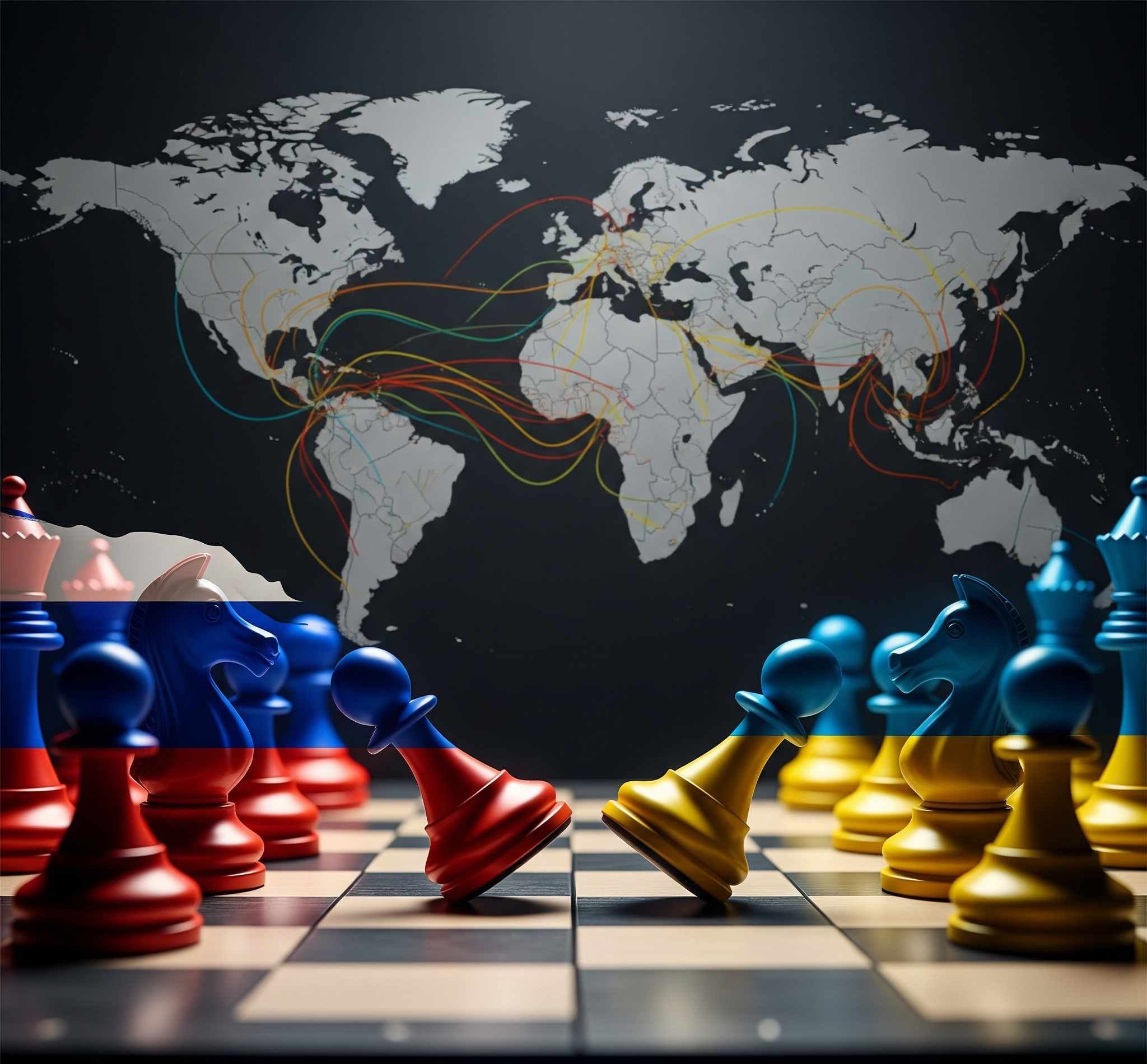Perspectives
Research , insights & commentrary on the
latest trends & issues.
Research , insights & commentrary on the
latest trends & issues.
Any expectation of a swift conflict has long since vanished, replaced by a brutal reality: a war of attrition has become the painful new normal in Eastern Europe.

When Attrition Becomes the New Normal in the Russia-Ukraine War
Since the world-shaking invasion of February 2022, more than three years of conflict have completely altered the geopolitical landscape of Europe and, indeed, the globe. Today, when people discuss the Russia-Ukraine war, any expectation of a swift conflict has long since vanished, replaced by a brutal reality: a "meat grinder" war of attrition, starring trenches, drones, and long-range artillery, has become the painful new normal in Eastern Europe.
Stalemated Frontlines and a Bleeding Future
By mid-2025, the frontlines between Russian and Ukrainian forces have reached a stalemate in most areas. Large-scale maneuver warfare is a thing of the past, replaced by a repetitive struggle for every inch of land. This is not merely a contest of military might, but an ultimate test of national will, logistical capacity, and demographic resources.
For Russia, its strategy has clearly shifted to a "protracted war." The Kremlin is betting on its larger population base and an economy that has been put on a war footing, attempting to exhaust Ukraine's capacity to resist and the "strategic patience" of its Western allies through attrition over time. Despite facing international sanctions and technological bottlenecks, Russia's military-industrial complex continues to operate, its goal being to prove it can endure prolonged pain better than a West whose resolve is perceived as divided.
For Ukraine, these three-plus years have been a journey filled with heroism and resilience, but also extreme hardship. Its military has demonstrated remarkable tactical adaptability, but the nation's lifeline—Western military and financial aid—has become more critical, and more fragile, than ever. "Aid fatigue" is no longer an alarmist theory but an increasingly fierce political debate within its allied nations. Ukraine must not only fend off aggression on the frontlines but also constantly mobilize for a diplomatic "blood transfusion" to ensure its survival. The growing shortage of manpower is, moreover, a sword hanging over its head.
The Elusive Peace and the Reshaping of Global Order
Tragically, under the current battlefield conditions, the "diplomatic off-ramp" for peace negotiations is almost completely closed. The ultimate goals of both sides remain diametrically opposed and irreconcilable. Ukraine cannot abandon its sovereign demand to restore its 1991 borders, while Russia views the territories annexed via "referendums" as core to its national interest, where any concession could shake the foundations of its regime. As long as both sides believe they can still avoid total defeat or achieve a more advantageous position through military means, true peace is impossible. The language of the battlefield remains the dominant mode of communication between the two sides.
The spillover effects of this war are profoundly reshaping the global order. It has prompted NATO to revitalize itself and achieve historic expansion, but it has also intensified a global trend towards bloc-based polarization. The rift is widening between a US-European-led alliance system and an "opposing pole" led by Russia—in deeper cooperation with Iran and North Korea, while maintaining a complex relationship with China. Meanwhile, the nations of the Global South are striving to find a balance, refusing to take simple sides and thus making international relations even more complex and volatile.
Conclusion
When a war evolves from an attempted blitzkrieg into a prolonged war of attrition, the very definition of victory becomes blurred. For Ukraine, survival is victory; for Russia, avoiding defeat may be its bottom-line objective. Regardless of the final outcome, however, the cost of this war is staggering. It has destroyed cities, taken countless lives, and has left indelible trauma on an entire generation.
Looking ahead, the key variables determining the course of this war will depend not only on the balance of firepower on the battlefield but also on domestic political trends, economic resilience, and the stability of international alliances. This fire burning on Ukrainian soil is not only testing the fates of two nations but is also forging by fire the international norms and balance of power of the 21st century. In the foreseeable future, the dawn of peace remains faint, and the clouds of attrition will continue to hang over Europe.